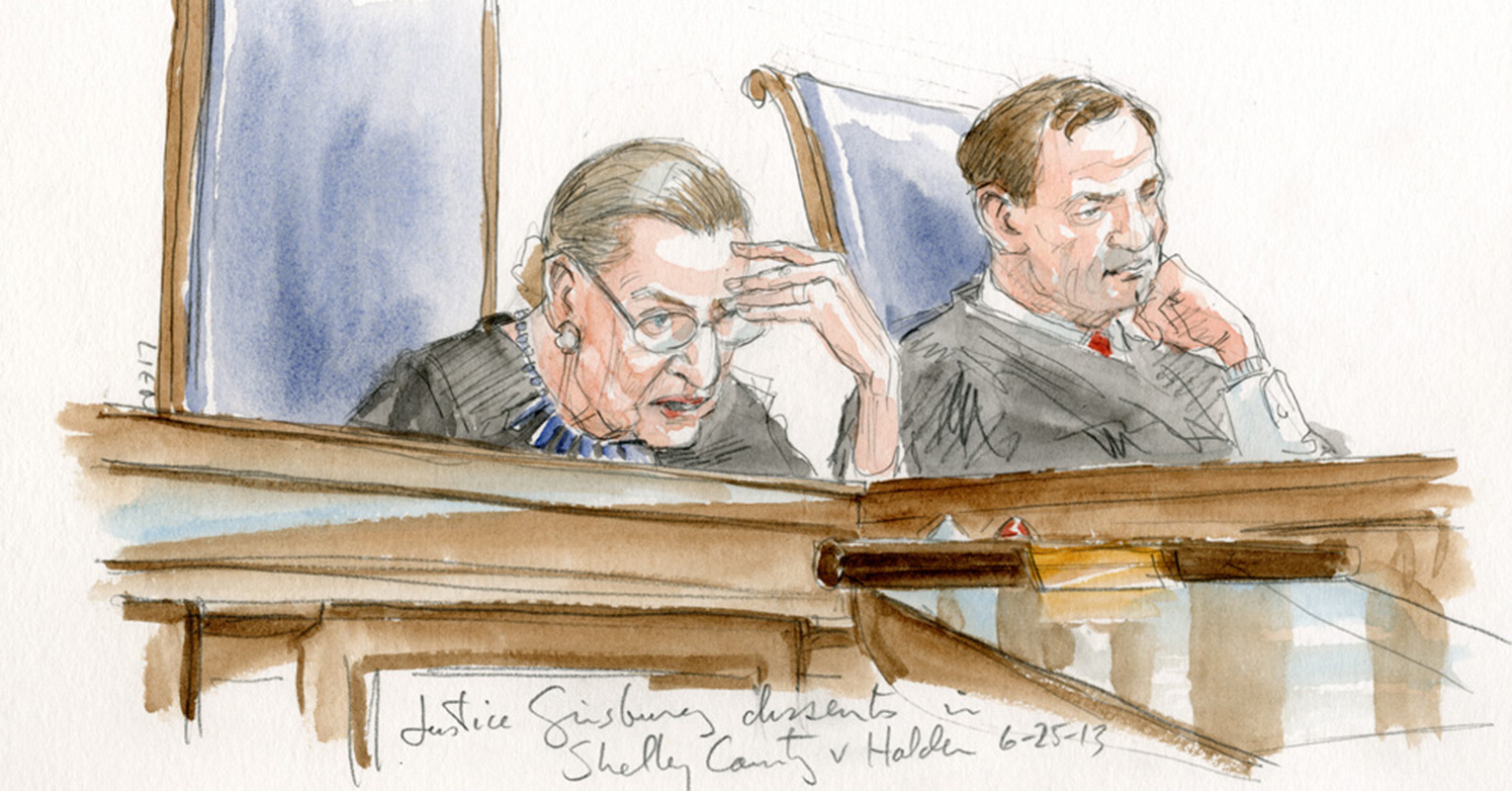Though she barely stood taller than five feet and was known for her even-temperedness, Ruth Bader Ginsberg delighted in her reputation as the Notorious RBG. So it’s fitting that the New-York Historical Society‘s new exhibition, Notorious RBG: The Life and Times of Ruth Bader Ginsburg, honors the late trailblazing Supreme Court Justice for both her incredible career and her status as a cultural icon. On view through January 23, 2022, the exhibition is based on the popular Tumblr and bestselling book of the same name by Irin Carmon and Shana Knizhnik. The first-ever retrospective dedicated to Justice Ginsberg takes a deeper look at her life and work, including her efforts to protect civil rights and foster equal opportunity for all Americans. Organized by the Skirball Cultural Center in Los Angeles, the traveling exhibition showcases archival photographs and documents, historical artifacts, contemporary art, media stations, and interactive galleries.
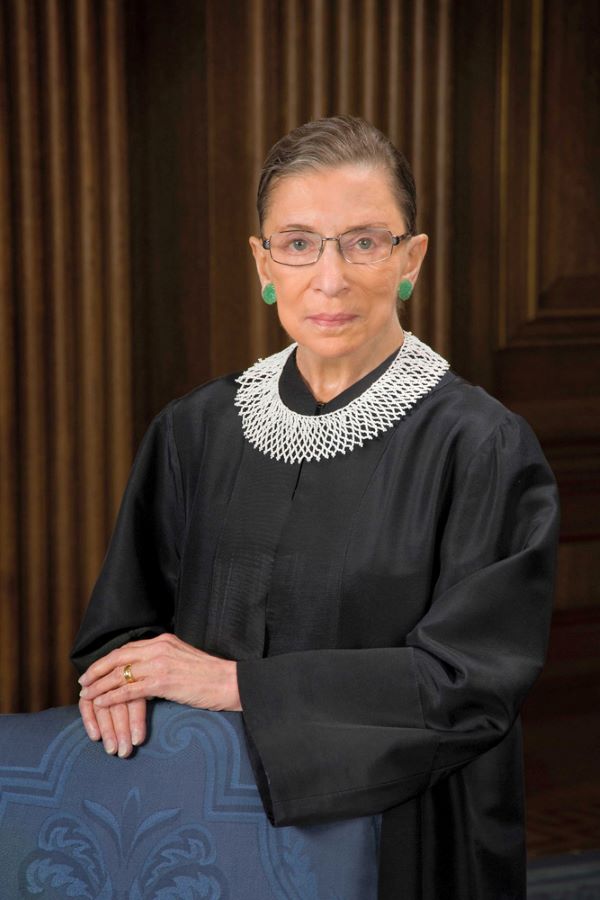
Notorious RBG features archival materials that span her career, from her time as a student to her experience as a women’s rights pioneer and internet phenomenon. Highlights include her Supreme Court robe and jabot, the official portraits of Ginsberg and Sandra Day O’Connor—the first two women to serve on the Supreme Court—and listening stations where visitors can hear Ginsberg’s delivery of oral arguments, majority opinions, and forceful dissents. You can also take a picture standing in a 3D rendering of the Supreme Court bench.
In addition to the material displayed in Los Angeles and other cities, the New-York Historical Society’s presentation includes New York-specific displays, including a video with a map and photographs of key places in her life as a New Yorker, as well as a look at the memorials that popped up around her hometown at the time of her passing.

According to USA Today, the exhibition features three-dimensional recreations of Ginsberg’s childhood home at 1584 E 9th Street, a few blocks off Ocean Parkway in Brooklyn, which became a small makeshift memorial after her death. Ginsberg was born in 1933 at what was then called the Beth Moses Hospital (now known as Maimonides Medical Center) at 4802 10th Avenue in Borough Park. Ginsburg’s house at 1584 E. 9th Street was built in 1920 as one half of a two-family detached building.
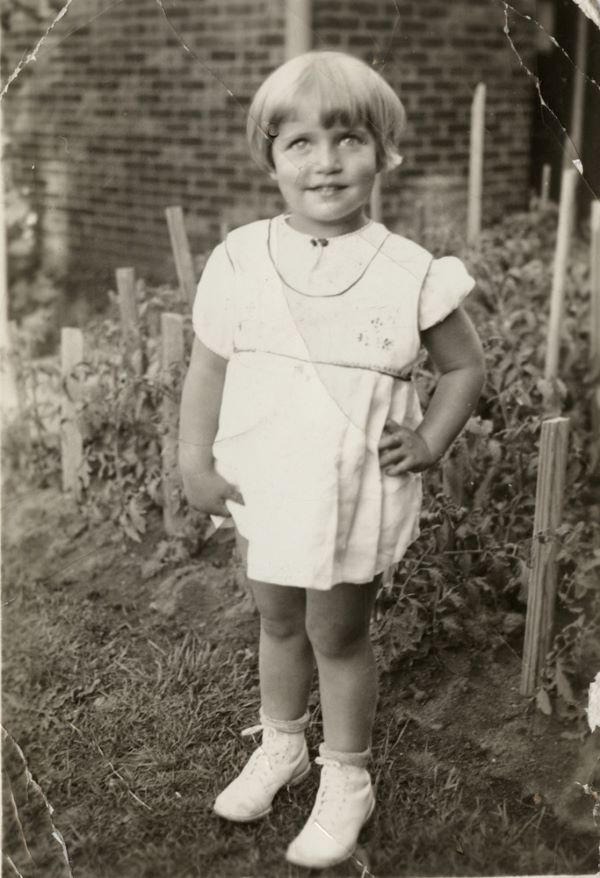
Archival material from the exhibition reveals that the Ginsburg family was from the working class — her mother was a garment factory worker and her father a furrier during the Depression. They were members of the East Midwood Jewish Center. Ginsberg attended P.S. 238 and then James Madison High School. She graduated sixth in her class from high school, but her mother died the day before her graduation after a long battle with cancer. Ginsburg’s mother had been a staunch supporter of her education, having missed out on going to college herself in order to allow her brother to attend.
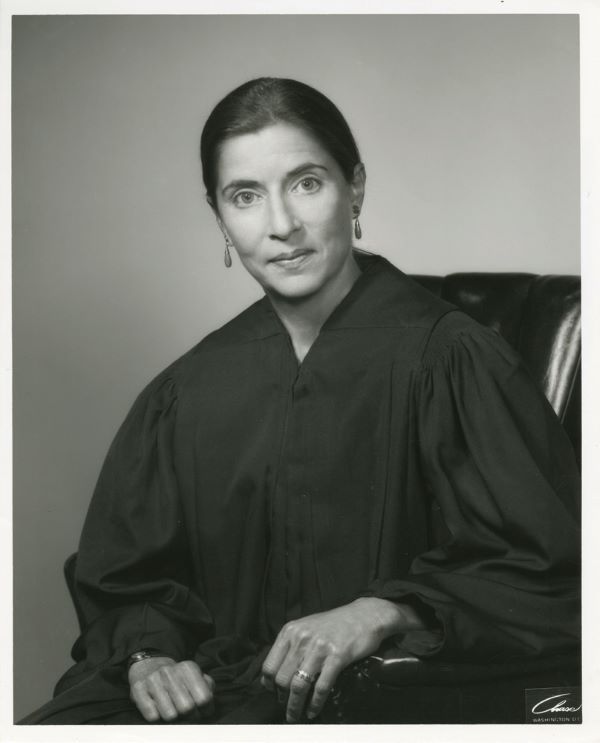
Ginsburg attended Cornell University, where she excelled in her law program and met her future husband, Martin Ginsburg. Ginsburg struggled with balancing career and family, but after taking time off to have children, she went on to attend Harvard Law School, during which time Martin was diagnosed with cancer. She became the first female member of the Harvard Law Review. After Martin recovered and took a job in New York, Ginsburg was told she could not complete her studies from afar, so she transferred to Columbia University‘s Law School in her last year and finished her law degree (as shown through multiple photographs in the exhibition).
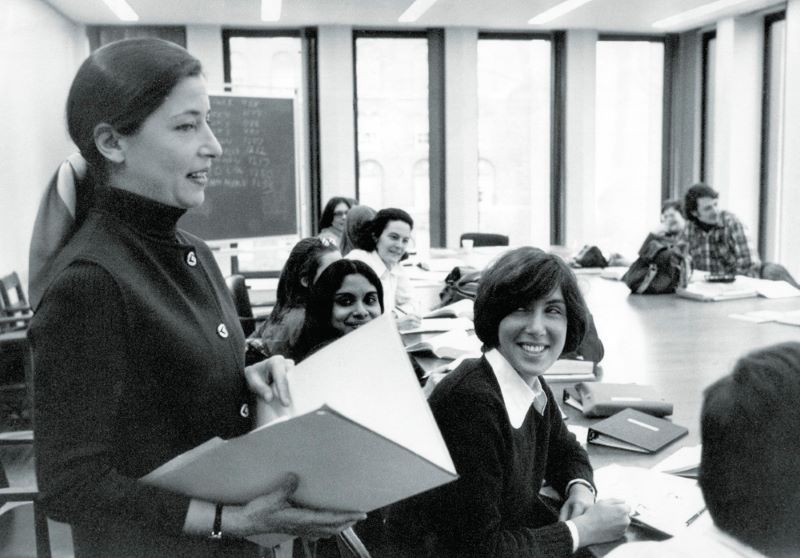
Additionally, tributes to her appeared in the 50th Street subway station in Manhattan, which altered the number 50 to “RU”, keeping the TH in 50th to spell out “RUTH” on two locations. New York Mayor Bill de Blasio announced that the Brooklyn Municipal Building was renamed in honor of the late Judge. Governor Andrew M. Cuomo also announced that a memorial and statue of Ruth Bader Ginsburg would be erected in Brooklyn by the state. A banner reading “RIP RGB” was placed by the Women’s Rights Pioneers statue in Central Park. Advertisement boards above the New York subway entrances throughout the city featured a tribute to Ginsburg, reading “tRUTH”, alongside a gavel with the crown associated with her pop culture iconography and nickname.
As part of New York City’s Key to NYC program, all visitors to New York City museums are required to be vaccinated against COVID-19. The New-York Historical Society is closed Monday and Tuesday and open from 11 a.m. to 5 p.m. on the remaining days with the exception of Friday, when the museum is open from 11 a.m. to 8 p.m.
Next, see Ruth Bader Ginsberg’s Childhood Home in Brooklyn






